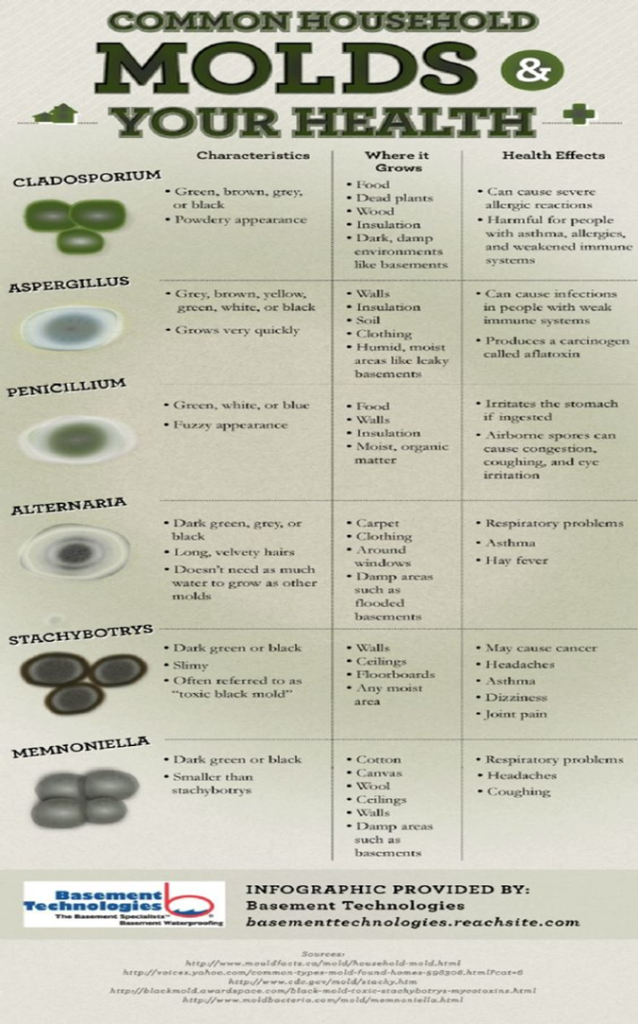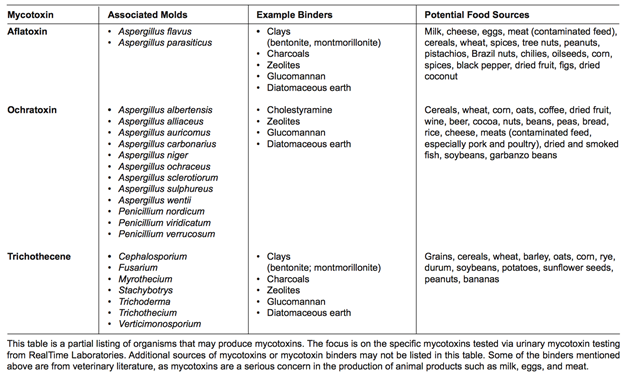If you see green mold, it could be just about any type of unwelcome fungus. There are more than a hundred thousand types of mold — and thousands of species of green mold, according to Neil Kao, MD, an allergist in private practice in Greenville and Spartanburg, South Carolina. So what does the color green tell you? Not much.
These are common molds in the Cladosporium genus. Outdoors, they lurk on plant leaves. Indoors, they’re often found on walls and insulation and can grow on damp carpet, too. They are linked to skin, eye and sinus infections. Very rarely, they can cause brain infections (fungal meningitis), according to the CDC.
These molds, also common, belong to the Penicillium genus. You’re right if you think that a type of this mold was used to make penicillin many years ago. It’s usually found on food and walls. If you’re sensitive to mold, you may develop an allergic reaction to it.
The pink “mold” often seen in the bathroom in the form of a slimy, pinkish discoloration on sinks and tubs is actually bacteria, not mold. Specifically, it’s Serratia marcescens. It thrives on soap and shampoo residues and is linked to urinary tract and respiratory infections.
Don’t obsess about getting infected from pink bathroom slime, though. S. marcescens usually enters the urethra through catheters or the lungs through respirators, according to an article on the website of Scientific American magazine. It has also contaminated soap solutions in hospitals and contact lens cases, infecting the cornea of some contact lens wearers.
This mold, of the Stachbotrys genus, is the infamous “black mold” that some news reports have linked to severe health problems, including memory loss and lung bleeding. It’s less common than the molds described above — and possibly less dangerous than news reports would have you believe. According to the CDC, Stachbotrys has not be proven to cause either memory loss or lung bleeding. It prefers to live on high-cellulose, low-nitrogen surfaces, which include drywall, gypsum board, paper, dust and lint that is regularly exposed to moisture. The CDC notes, “Growth occurs when there is moisture from water damage, excessive humidity, water leaks, condensation, water infiltration, or flooding. Constant moisture is required for its growth.”

